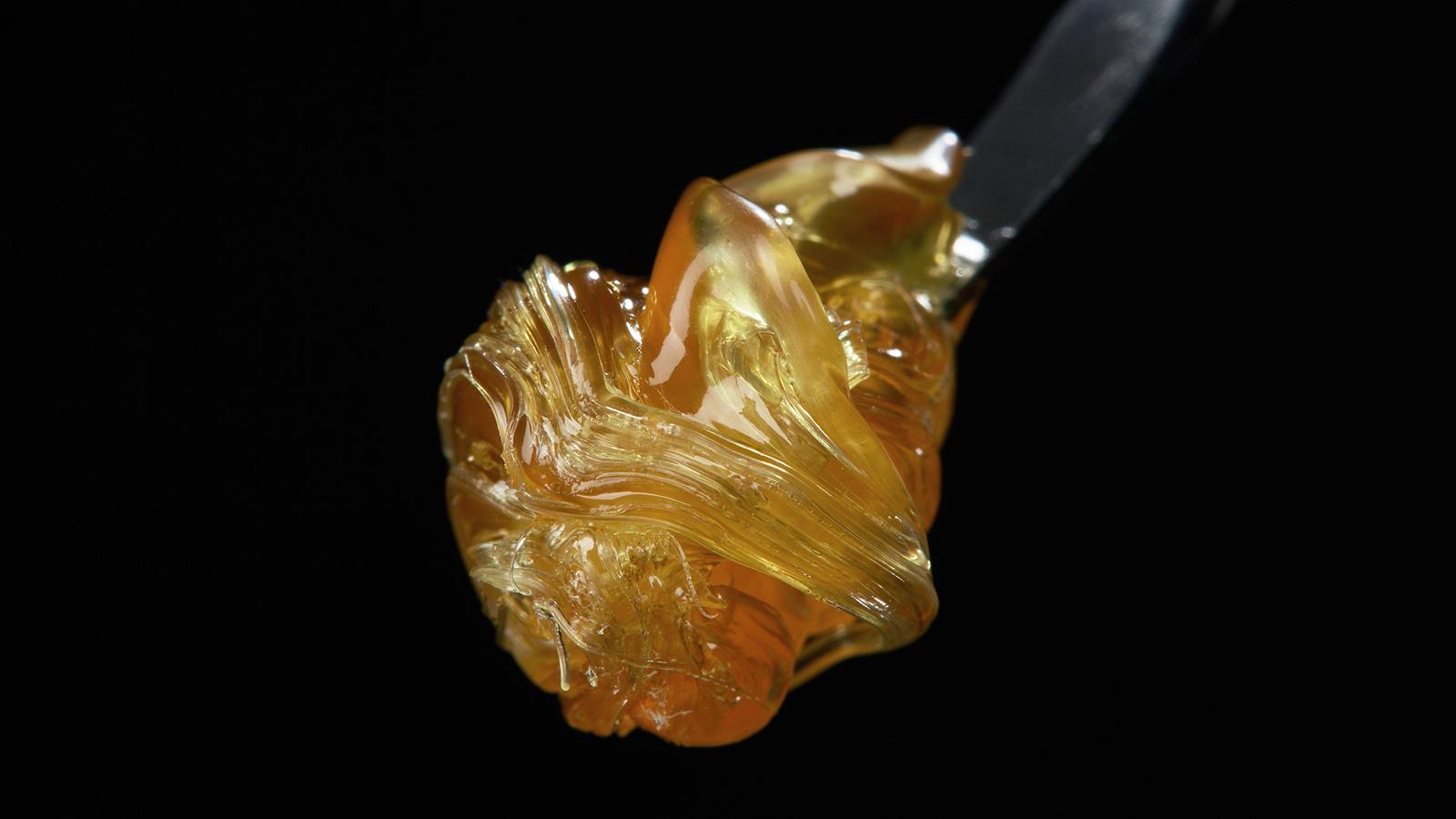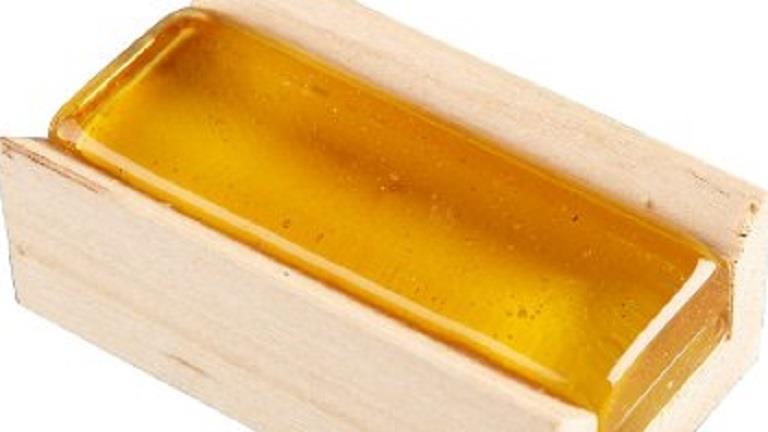In the vibrant world of cannabis concentrates, two titans stand at the forefront: rosin and sugar. Each, with it’s unique extraction methods and distinct characteristics, offers a tantalizing journey into the heart of the plant, revealing the diverse ways consumers engage with its myriad compounds. Rosin, celebrated for its purity and solventless extraction process, showcases the raw essence of cannabis, while sugar, with its shimmering crystals and playful texture, captivates enthusiasts seeking potency and flavor. as the demand for diverse consumption experiences grows, understanding the nuanced differences between rosin and sugar can empower both novices and connoisseurs alike. In this exploration, we delve into the origins, production methods, and uses of thes two popular concentrates, illuminating their roles in the ever-evolving landscape of cannabis culture.
Understanding Rosin and Sugar: A Comparison of Processing Techniques
When comparing the extraction techniques used for rosin and sugar, it’s essential to recognize their basic differences. Rosin is produced through a straightforward process that leverages heat and pressure to extract resin from cannabis flowers or hash.This method allows for a concentrated, solventless product that retains a rich spectrum of terpenes and cannabinoids. In contrast, sugar extraction is more intricate; it typically involves solvents like butane or propane. The process yields a more crystalline form of concentrate, often exhibiting distinct flavor profiles and a higher potency than rosin.
Both methods have their unique advantages, appealing to different segments of the cannabis community. The solventless nature of rosin often resonates with consumers seeking a pure, natural experience. This makes it an ideal choice for health-conscious users. Conversely, sugar concentrates might attract those looking for a potent product with a diverse range of textures and flavors. Here are some considerations for each method:
- Rosin:
- Simple extraction process
- Retains natural flavors and aromas
- Solvent-free, appealing to health-conscious users
- Sugar:
- Higher potency and THC content
- Varied textures from crystalline to syrupy
- Unique flavor profiles due to processing methods
Ultimately, choosing between the two methods comes down to personal preference and desired effects. For those exploring the nuances of cannabis concentrates,understanding the differences in processing techniques can considerably enhance the experience. A comparative analysis reveals how these production methods influence not only the quality and flavors of the concentrates but also their overall appeal in the increasingly diverse cannabis market. below is a quick comparison table summarizing key aspects:
| Feature | Rosin | Sugar |
|---|---|---|
| Extraction Method | Heat and Pressure | Solvent-Based |
| Pure vs. Potency | Pure, Solventless | High Potency |
| Flavor Retention | Excellent | Variable |
The Flavor Profiles of Rosin and Sugar: What to Expect
The flavor profiles of rosin and sugar extraction methods bring unique characteristics that are appreciated by connoisseurs. Rosin, known for its solventless simplicity, typically presents a rich and full-bodied flavor that embodies the essence of the starting plant material. Users often describe the taste as:
- Earthy: Reflecting the natural soil and plant flavors.
- Citrusy: A lively tang that can enhance the overall experience.
- Herbaceous: Offering a fresh green taste reminiscent of the raw material.
on the other hand, sugar extraction, which often involves more refined processing techniques, can yield a sweeter, lighter profile. This method may emphasize sugary flavors without overwhelming the palate. The expected characteristics of sugar extracts often include:
- Smooth sweetness: A delicate sweetness that is typically more palatable for newcomers.
- Tropical notes: Exotic flavor hints, sometimes evoking fruit or dessert-like qualities.
- Subtle complexities: Layers of flavor that can unfold as you savor the experience.
In comparing these two, it’s essential to recognize that personal preferences play a important role in which profile might resonate more. To illustrate the differences further, here’s a simple comparison table:
| Feature | Rosin | Sugar |
|---|---|---|
| Extraction Method | Solventless | Refined processing |
| Flavor Intensity | Rich and bold | Light and sweet |
| Texture | sticky and thick | Granular and fine |
health Implications: A Closer Look at the Nutritional Value
The nutritional profiles of rosin and sugar reveal significant differences that could impact health in various ways.Rosin, derived from cannabis plants, is rich in cannabinoids and terpenes, which possess numerous health benefits. Some of the potential health benefits of rosin include:
- Anti-inflammatory properties: Cannabinoids in rosin may help reduce inflammation.
- Alleviation of chronic pain: Patients frequently enough report relief from conditions like arthritis or fibromyalgia.
- Stress and anxiety reduction: Cannabinoids may promote a sense of calm and reduce anxiety levels.
In contrast, sugar is known for its high caloric content without providing essential nutrients. Excessive sugar intake can lead to a myriad of health issues, including:
- Obesity: High sugar consumption is a leading contributor to weight gain.
- Diabetes: Sugar can impact insulin sensitivity over time.
- Dental problems: Sugar contributes to tooth decay and cavities.
A comparative analysis reveals the stark contrast in the health implications of these two substances. For a clearer overview, the following table summarizes their nutritional attributes:
| Attribute | Rosin | Sugar |
|---|---|---|
| Calories (per serving) | Varies, typically low | High (approximately 16 calories per teaspoon) |
| Nutrients | Cannabinoids, terpenes | None |
| Health Risks | Minimal when used responsibly | Obesity, diabetes, dental issues |
Culinary Applications: When to Use Rosin vs Sugar in Cooking
when considering your options in the culinary world, both rosin and sugar have distinct roles that can either complement or enhance your dishes. Rosin, primarily derived from the sap of pine trees, is notable for its unique flavor profile and is especially useful in crafting infused oils or in gourmet applications. Use it when you want to add a subtle earthiness to your recipes, especially in savory dishes or when creating exotic sauces. Chefs often use rosin to add depth without the overwhelming sweetness that comes with sugar.
On the other hand, sugar is a global sweetener that carries with it a more straightforward role in cooking and baking. Ideal for sweetening desserts, sauces, and even some savory dishes, sugar not only enhances flavor but also adds texture and moisture. Its ability to caramelize makes it crucial for creating that beautiful golden crust on pastries and gives a delightful crunch to toppings. when making desserts like cakes, cookies, or candies, sugar should undoubtedly take center stage.
Here’s a quick comparison of when to use each:
| Feature | Rosin | Sugar |
|---|---|---|
| Flavor Profile | earthy and robust | Sweet and versatile |
| Culinary Use | Savory dishes, infused oils | Desserts, sweet sauces |
| Texture Contribution | Minimal | adds moisture and crunch |
Cost Analysis: Evaluating the Market Value and Availability
When comparing two popular products like rosin and sugar, it is indeed essential to look beyond their immediate applications and assess their market dynamics. Rosin, a natural resin obtained from pine trees, has established a niche market primarily within the cannabis industry and among artisanal crafters. its production involves a more labor-intensive process,making it relatively scarce compared to sugar. Conversely, sugar, a staple sweetener derived from various sources like sugarcane and sugar beets, enjoys widespread availability due to its extensive agricultural infrastructure. This stark difference in production costs contributes significantly to their respective market values.
The price fluctuations for each product can be influenced by several factors, including demand, raw material availability, and environmental regulations. For example, the increasing demand for organic and natural products has propelled rosin’s market value upwards, while conventional sugar prices often remain lower due to its mass production capabilities. Here are some key considerations regarding their costs:
- Production Methods: rosin extraction is labor and resource-intensive.
- Market Demand: Sugar has consistent demand as a basic commodity.
- environmental Impact: Rosin production often aligns with lasting practices, impacting its pricing.
to further understand how the costs compare, a brief overview of the average market prices could be insightful. the table below summarizes the current estimated pricing for both products in different markets. This comparative analysis can help consumers make informed decisions based on budget and availability, ensuring they choose the product that best meets their needs.
| Product | Average Price per Pound | Availability |
|---|---|---|
| Rosin | $40 - $80 | limited, niche markets |
| sugar | $0.40 – $0.60 | Widely available |
Sustainability Considerations: Environmental Impact of Production Methods
In considering the environmental impact of different cannabis extraction methods, it is indeed essential to analyze the production processes of rosin and sugar cannabis concentrates. Both methods yield potent products, yet they differ significantly in their implications for sustainability. Rosin extraction,which employs heat and pressure to isolate resin from cannabis flowers,is generally regarded as a more environmentally kind technique. This method requires minimal equipment and produces no solvents, leading to a lower carbon footprint and significantly less waste generation.
On the other hand, sugar extraction frequently enough involves the use of solvents like butane or propane. While these solvents enhance the efficiency of extraction and yield a high-quality product, they raise important concerns regarding safety and environmental degradation. The process can result in hazardous waste if not managed correctly. Additionally, the extraction facilities need to adhere to strict regulatory measures to ensure that they do not contribute to soil or water contamination, which can have devastating long-term effects on local ecosystems.
When comparing the environmental impacts of rosin and sugar production, several factors come into play:
| Factor | Rosin | Sugar |
|---|---|---|
| Energy Consumption | Lower | Higher due to solvent use |
| Waste Production | Minimal | Perhaps significant |
| Carbon Footprint | Reduced | Increased |
Ultimately, while both rosin and sugar extraction yield products enjoyed by consumers, the sustainability of rosin production stands out as a greener choice. Selecting extraction methods with lower environmental impacts can contribute to a more sustainable cannabis industry, aligning consumer preferences with ecological obligation.
In Retrospect
as we descend from the heights of our exploration into the world of rosin and sugar, it’s clear that both have carved out their own unique niches in various industries and cultures. Whether it’s the artistic expression found in the resinous essence of rosin or the sweet comfort that sugar brings to our favorite confections, each has distinct properties and uses that cater to our diverse needs.
As you reflect on this debate, consider the impact of your choices-both in the studio and in the kitchen. While rosin enchants musicians and artists alike, providing a tactile connection to their craft, sugar continues to soften life’s edges, sweetening celebrations and everyday moments. it’s not just about choosing one over the other but recognizing the value each brings to our lives. So, whether you find yourself reaching for that familiar spoonful of sugar or the glistening block of rosin, may you appreciate the simple yet profound ways these substances weave into the fabric of our creativity and joy. Your journey through tastes and textures may just reveal that in the intersection of rosin and sugar, ther’s a bit of magic to be found in every note and every bite.

